how a "medical street" enables the juxtaposition a mother & child unit & a hospital medicaltechnical department in a harmonious & efficient relationship
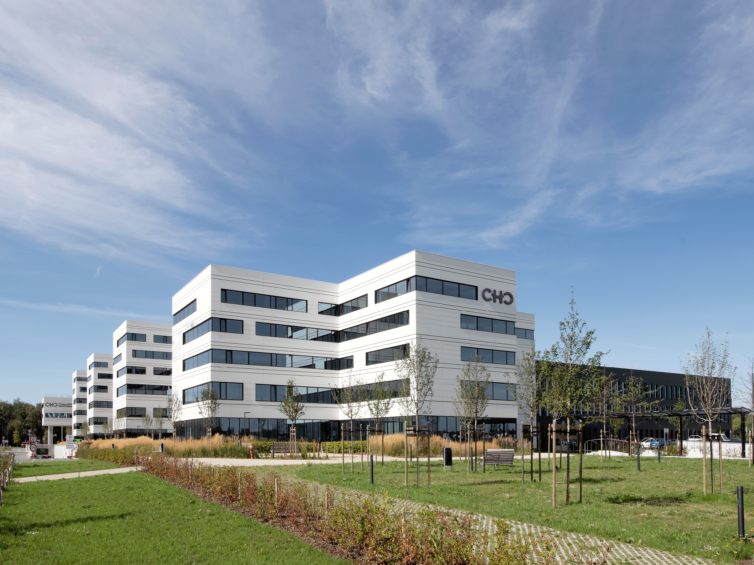
how a "medical street" enables the juxtaposition a mother & child unit & a hospital medicaltechnical department in a harmonious & efficient relationship

The new MontLégia Hospital is a new general hospital with a capacity of 720 inpatient beds and 120 outpatient places.
This new clinic is the figurehead of a health-related economic activity zone that includes a nursing home, the hospital’s administrative headquarters, laboratories, and clean rooms for biotech companies, and an eco-district, as well as various mixed housing projects to connect with the surrounding urban fabric
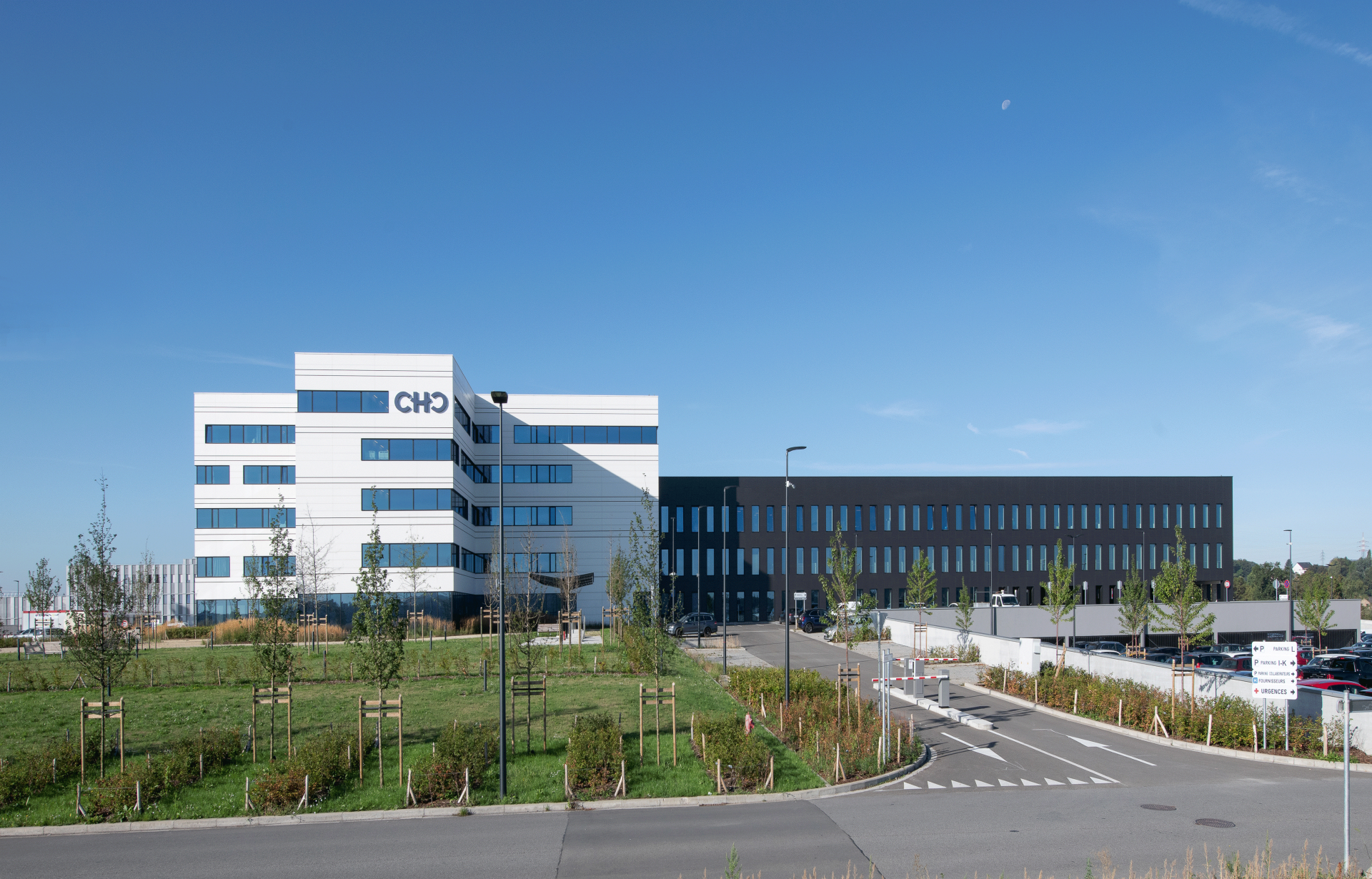
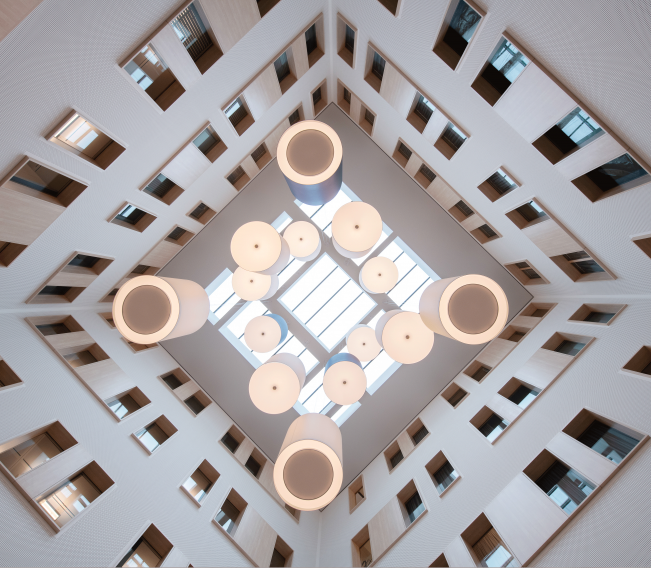
| program | construction of a new general hospital |
| client | Centre Hospitalier Chrétien • Groupe Santé CHC |
| address | boulevard Patience & Beaujonc 2 • 4000 Liège • Peri-urban site |
| building type | care • heal |
| status | completed |
| expertises | |
| offices | brussels |
| size | 113.000 m² |
| team | • client: Centre Hospitalier Chrétien · Groupe Santé CHC • architects: SM assar & Artau • stability engineer: Greisch • special techniques engineer: Tractebel Engineering |
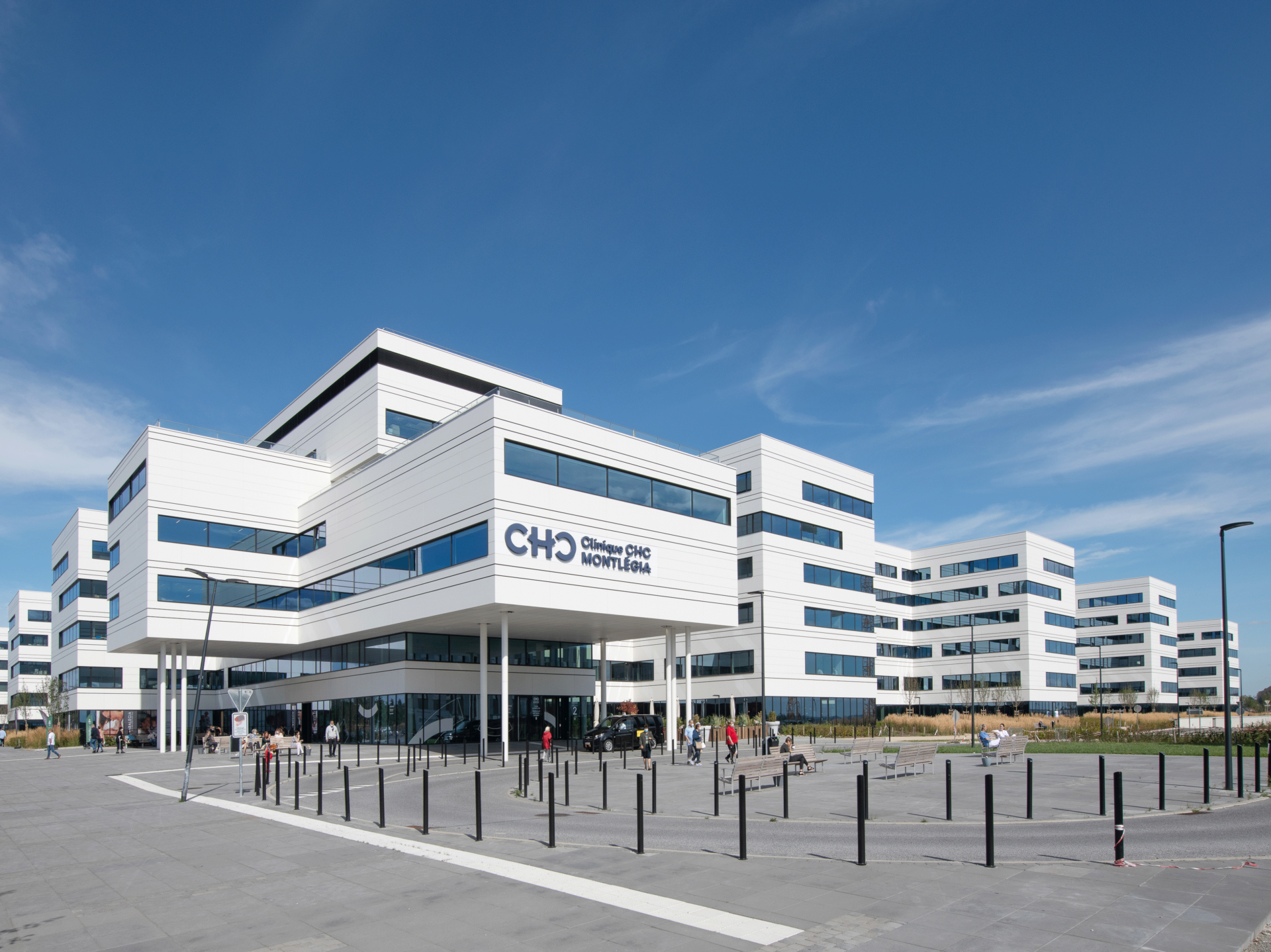
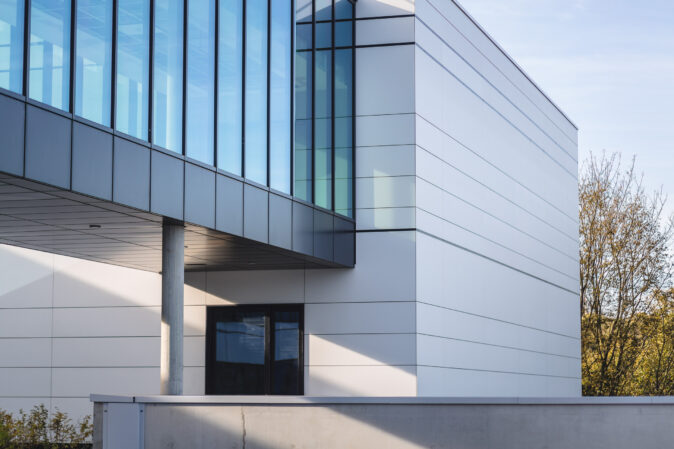
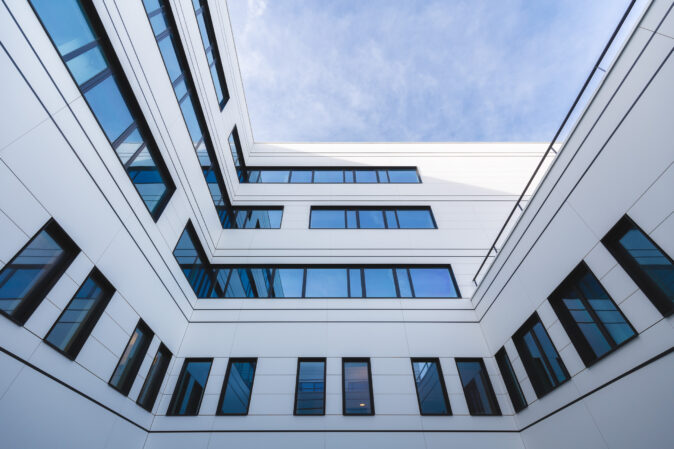
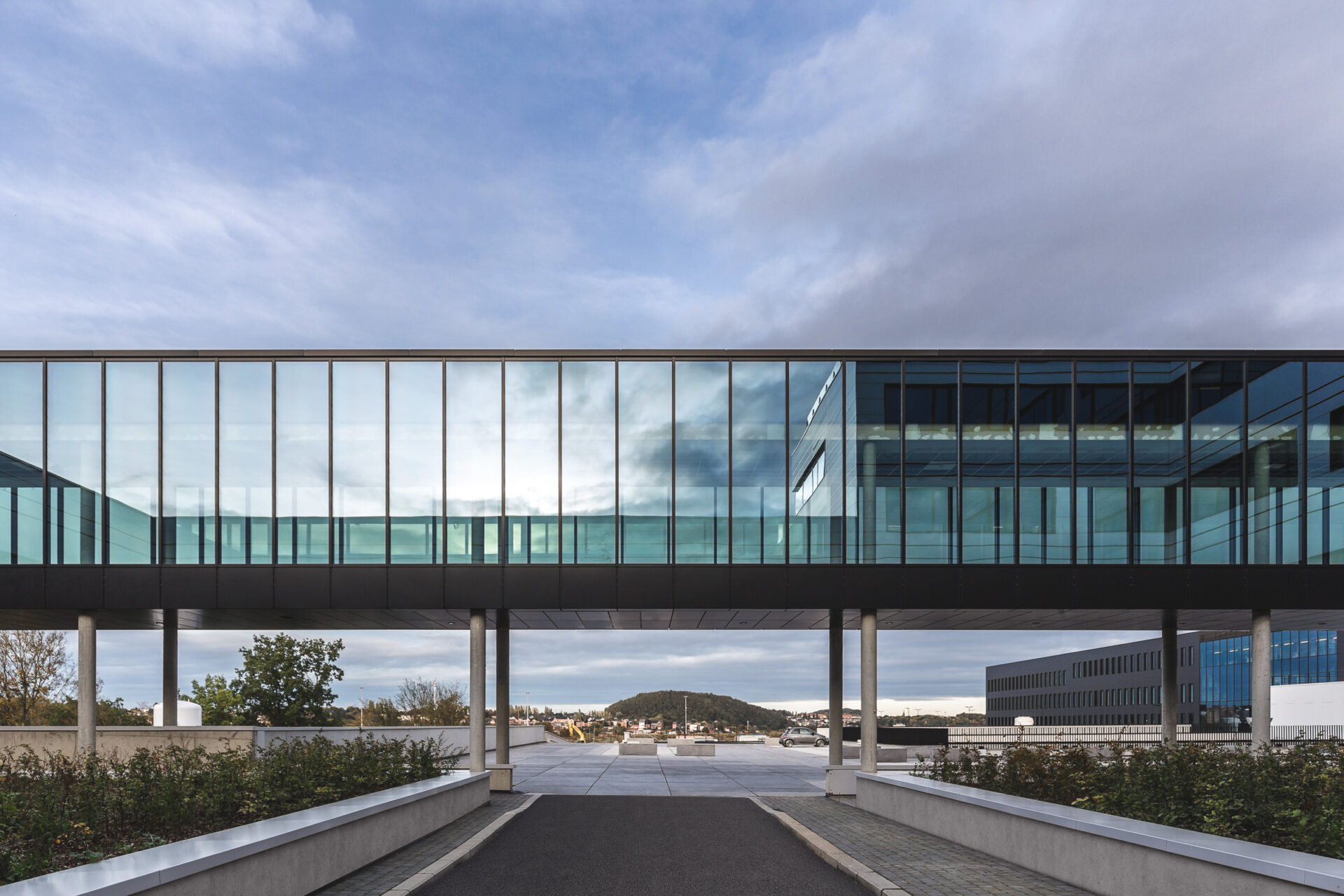
This new building with an approximate surface area of 113.000 m² is located on the “Patience et Beaujonc” site in the municipality of Glain in the Liège entity. It brings together, on the same site, the hospital activities of three CHC hospitals, namely the Clinique Saint-Joseph in Liège, the Clinique Saint-Vincent in Rocourt, and the Clinique de l’Espérance in Montegnée.
The construction of this new clinic was required to provide optimum guarantees for the patient in terms of accessibility and comfort, but also for the care providers by promoting synergies between the various medical services.
Another particularity of the project entailed working on the accessibility of the site to mitigate the nuisance for the inhabitants of the neighbourhood as far as possible. To open up the site, the decision was taken to create a new bridge over the motorway, four slip roads, and a roundabout.
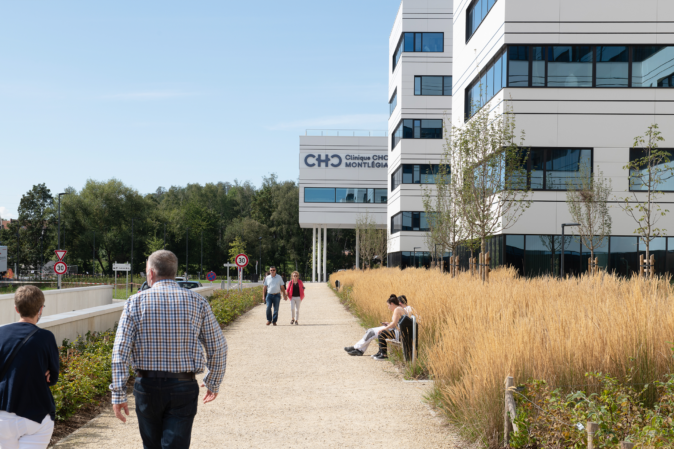
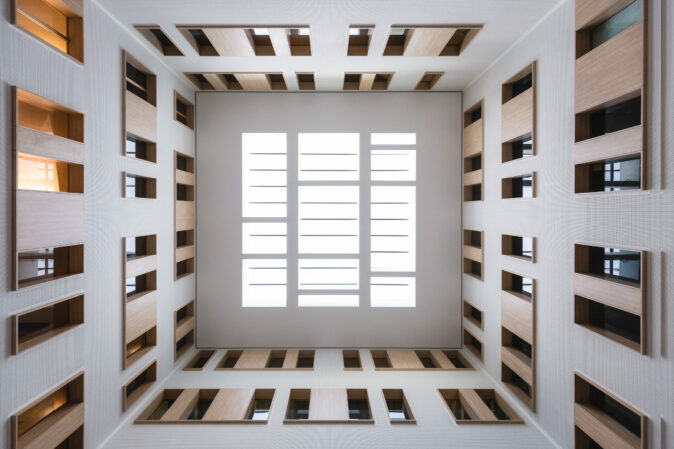
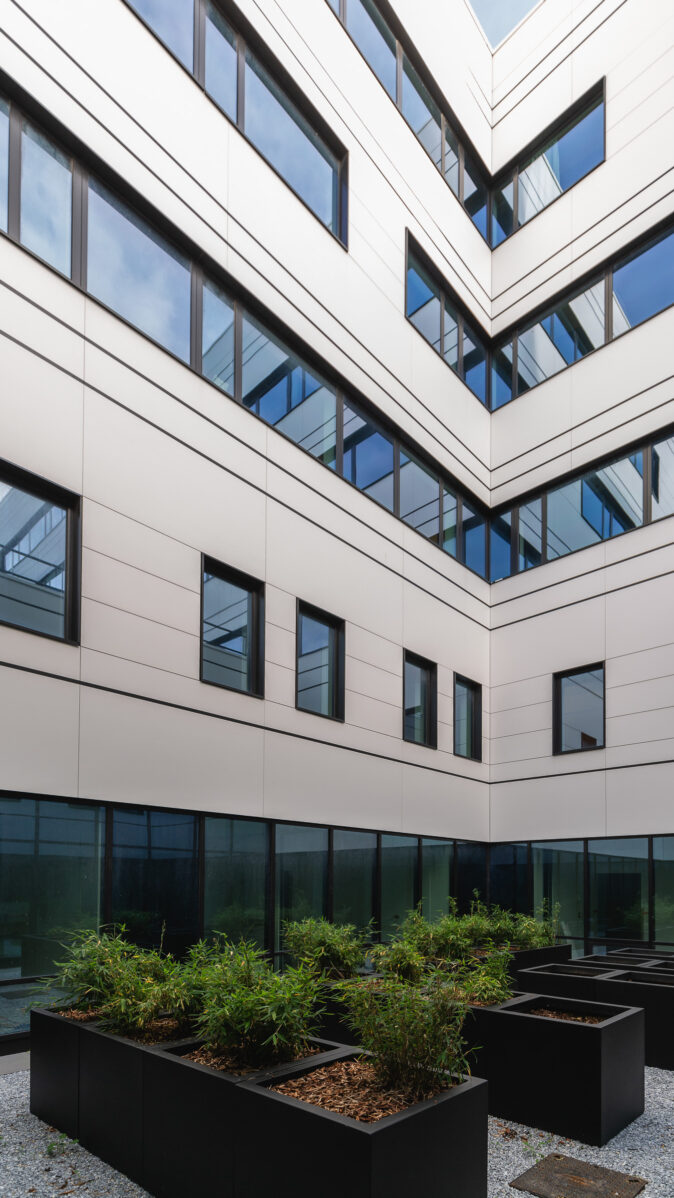
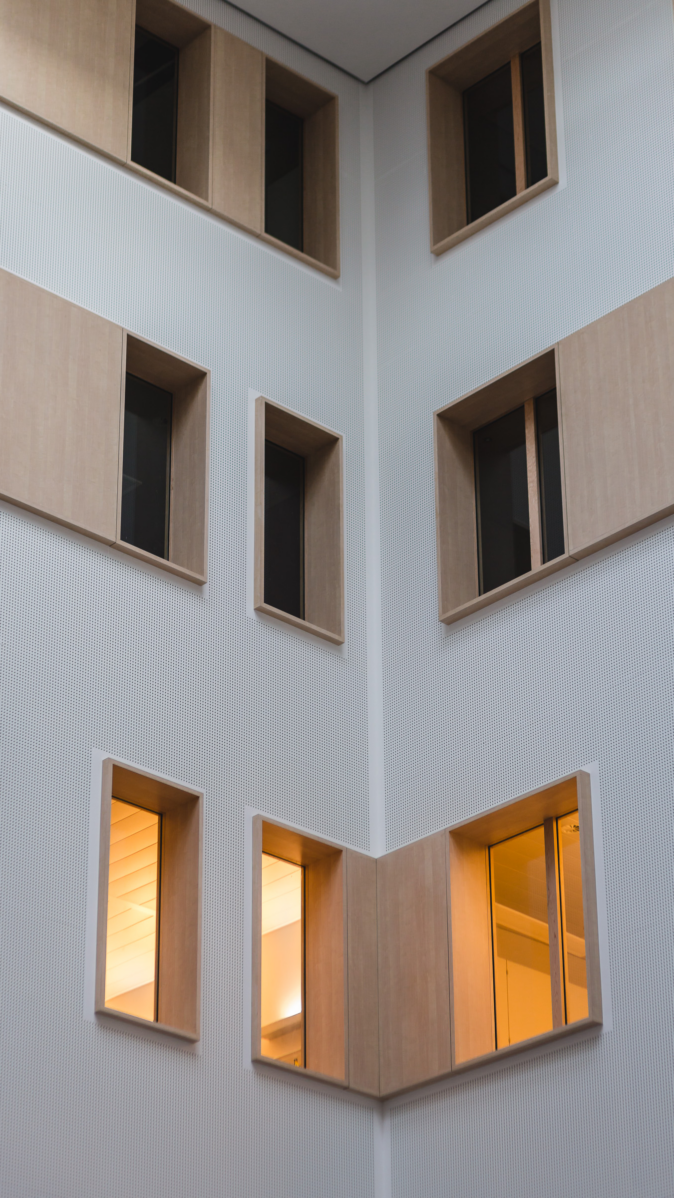
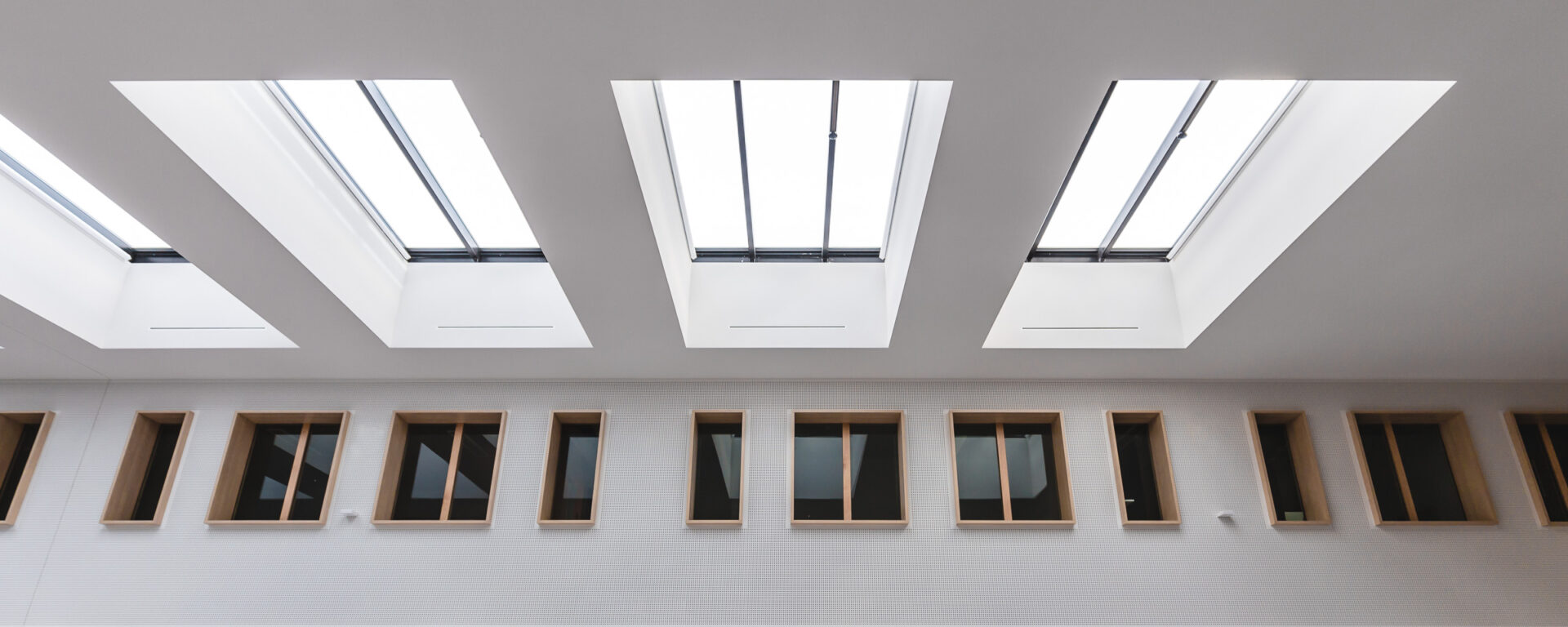
The CHC had two fundamental aims, in the sense that they have determined the organisation of the hospital: distinguishing the mother and child unit from general services, and with hospitalisation side by side with the medico-technical services.
In order to best meet these expectations, the concept proposed was that of juxtaposition, i.e. the wings containing the adult care units and the units and services related to mother and child were dissociated and placed along another block which groups together the medical-technical functions. This arrangement has made it possible to create a medical ‘street’ that links the care units and the medical-technical services. The different flows in the hospital could therefore be separated very clearly. A visitor or an outpatient will have a different route and different expectations from those of an admitted inpatient.
One of the special features of the new clinic is the location of consultations on the ground floor under the hospital wings. All the consultations are located along an internal street on two levels and have been designed to offer maximum flexibility. Visitors also have access to the various care units from this internal street. This artery is the backbone of the project as it is a living space for the new Clinique du MontLégia. Admitted inpatients patients can access the consultations via the medical street.
The hospitalization units were also the result of intense reflection in order to offer both patients and staff a pleasant place to stay or work. Each unit has been designed in the shape of a cross, so that the service and staff rooms are always located in the circulation axis formed by the wings of the cross. This has reduced the distances covered by the staff, the furthest room being located about 25 m from the main premises area.
The rooms have a large window overlooking the outside and the surrounding landscape. The window is a major feature of the room. It is enhanced by an item of furniture which incorporates seating for visitors and which can also be used as an extra bed for the accompanying person.
The bedroom window has been lowered so that patients can see life, not just the clouds. This choice has made it possible to limit solar radiation which often heats up the room and the patient excessively. This technique therefore avoids the use of external blinds or louvres. The medical-technical block groups together all the major functions of the hospital. In the basement we have all the logistical and support functions for the smooth running of the clinic. All logistical transfers within the hospital are carried out using automated transporters.
On the ground floor, we have installed the emergency, radiology, dialysis, and laboratory departments.
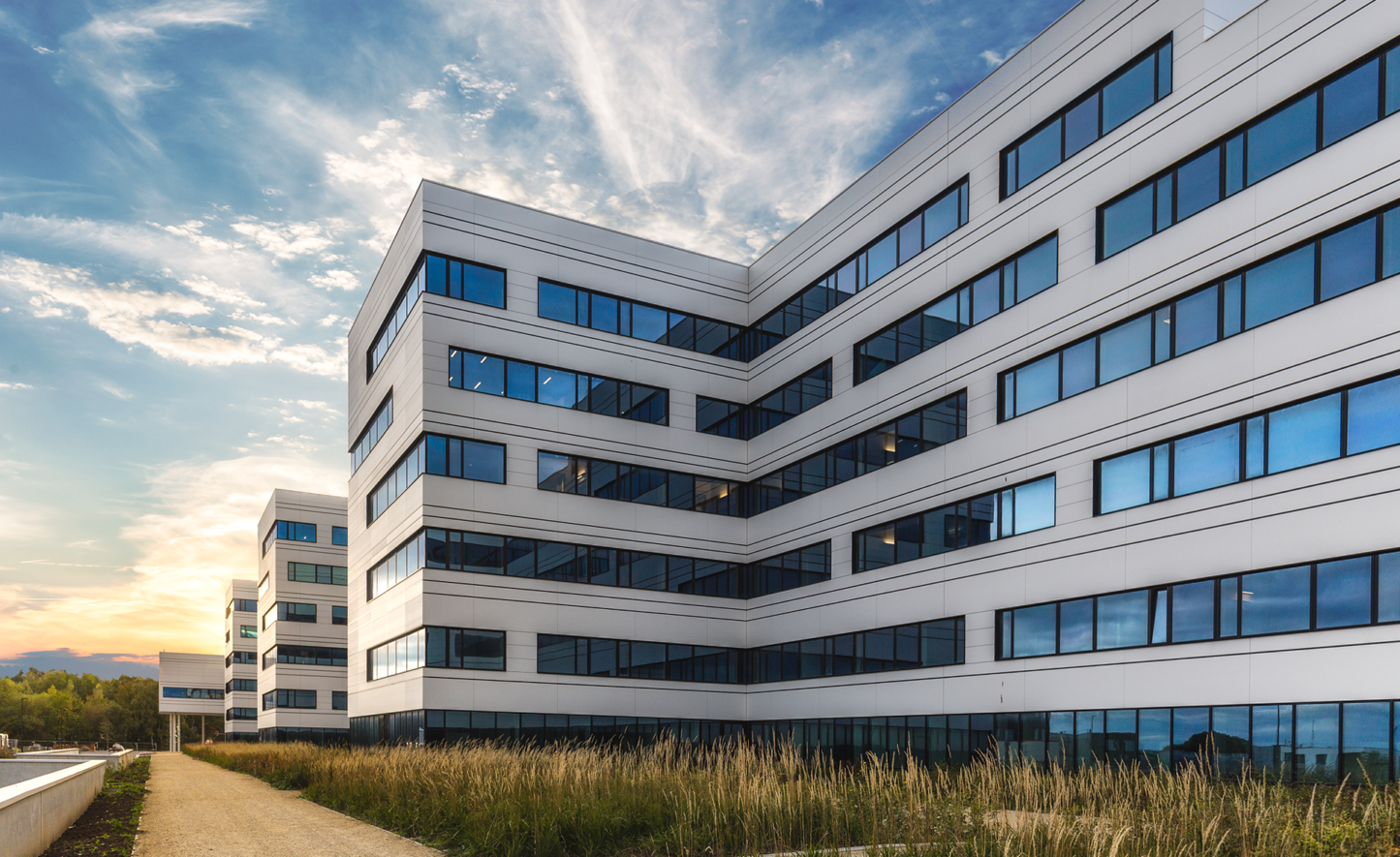
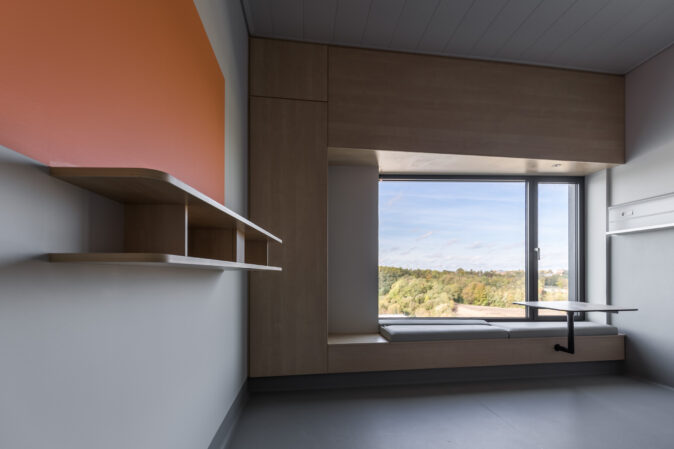
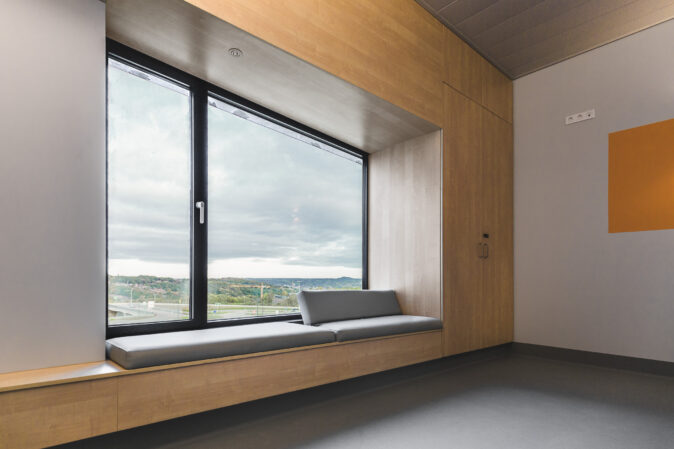
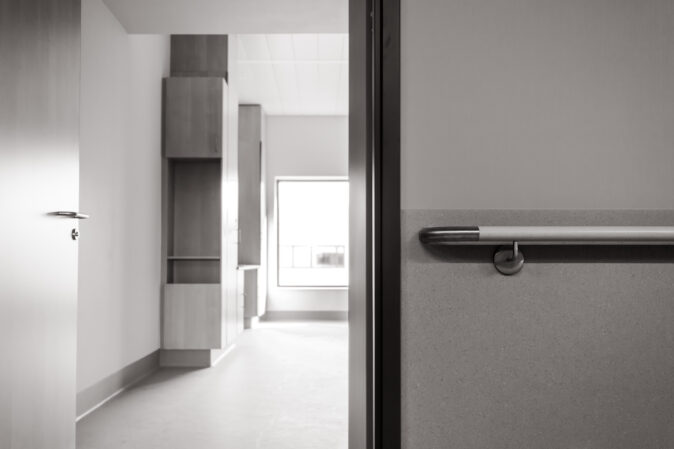
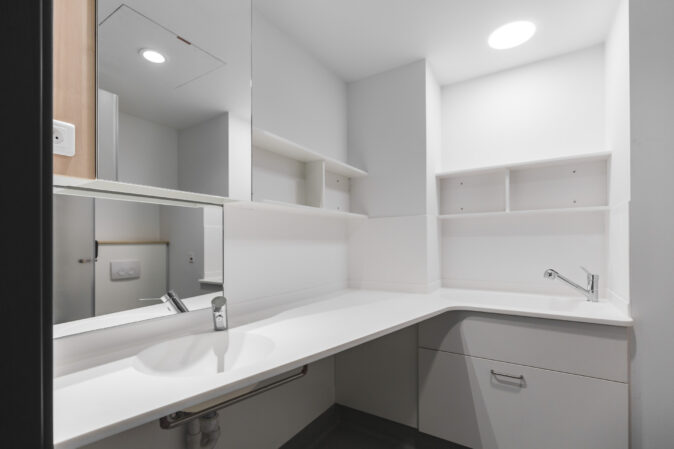
As the clinic is built on a mining site with a large volume of backfill, deep pile foundations were necessary to ensure the stability of the building. More than 2.600 piles with an average length of 20 metres were required.
It is also one of the first clinics built on the basis of the new European earthquake resistant building code, Eurocode 8 (EC8). Otherwise, it is a classic column-and-beam building that offers maximum flexibility.
As with any hospital project, we aim to have as few interior walls, load-bearing walls, and as little masonry as possible, so that the building can easily be adapted to future hospital and technological developments.
The building of the MontLégia clinic has been designed to facilitate potential extensions. The stability of the building allows for a new floor, and even two floors in some wings. Likewise, in respect of ventilation ducting, or electrical connections, everything is designed to simplify the process during such a potential extension.
As far as energy choices are concerned, rather than looking for “green” production solutions, the emphasis has been placed on the performance of the building envelope.
Studies have shown that the most important challenge would not be to heat but to cool the building. We therefore opted for a high level of airtightness, in particular to ensure perfect acoustic insulation, which is essential given the proximity of the motorway.
This enabled us to achieve a building with a K < 36, which is very good for a building of this size with so much heavy equipment.
In terms of energy design in the production of cooling, the new clinic is in a 10-15°C regime, which makes it possible to reduce electricity consumption by around 20% on the site compared to a conventional solution. For the dehumidification of the premises that require it, we have chosen a heat pump system. Between the production of heat and the production of cold, heat pumps have been placed to recover the energy between the two flows. This makes it possible to achieve extremely high and attractive efficiencies for the production of heating and cooling.
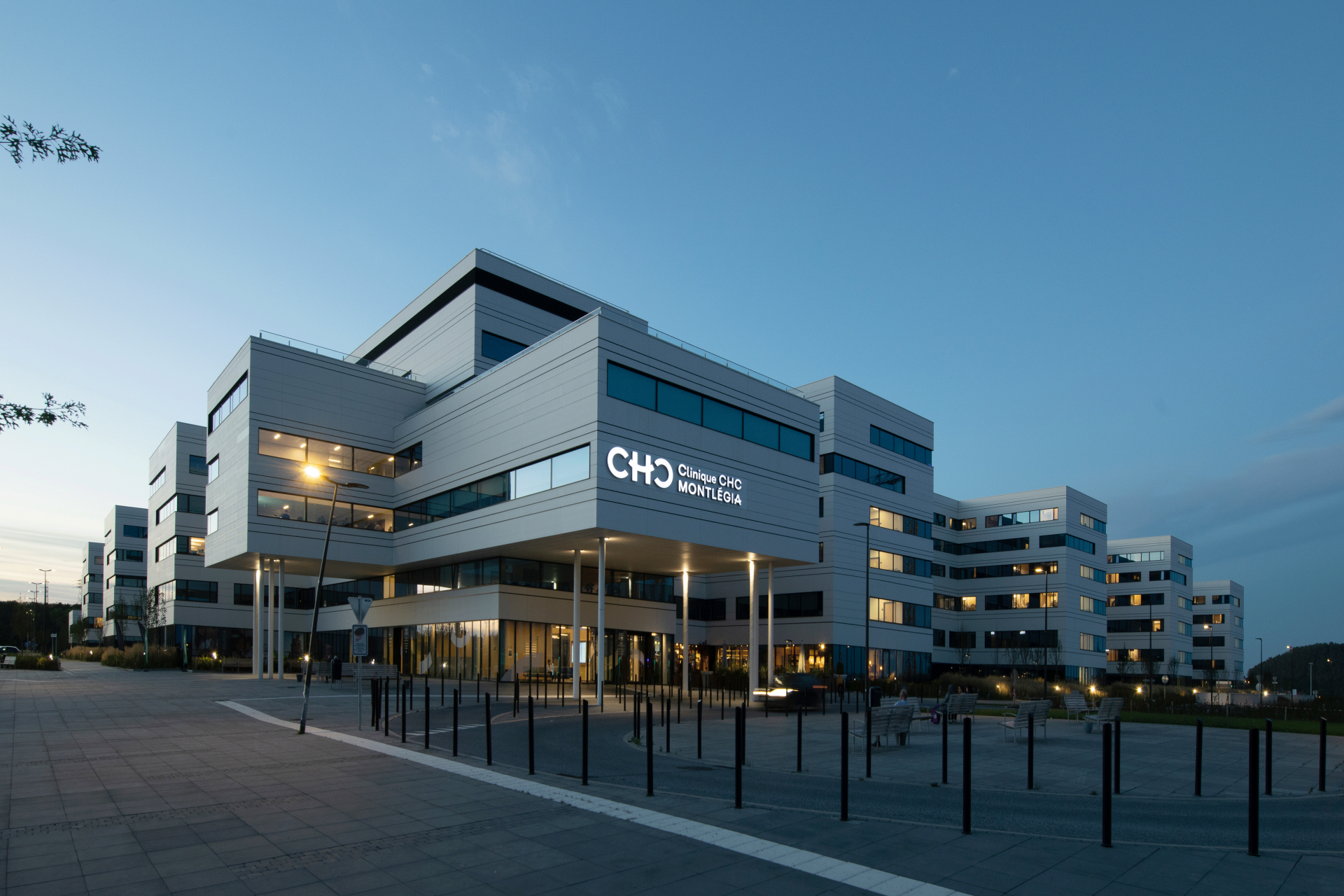
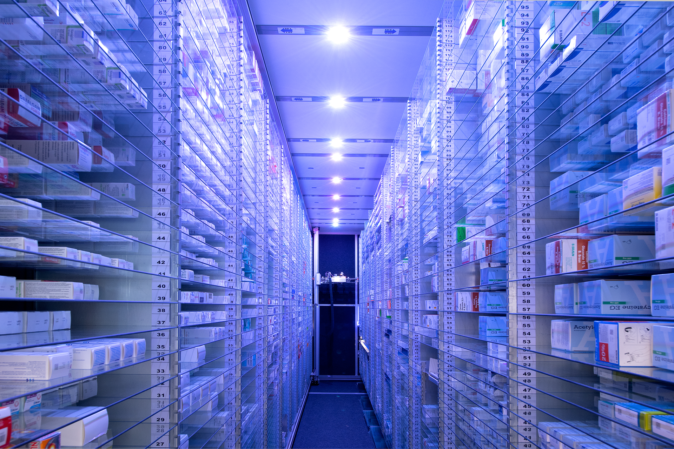
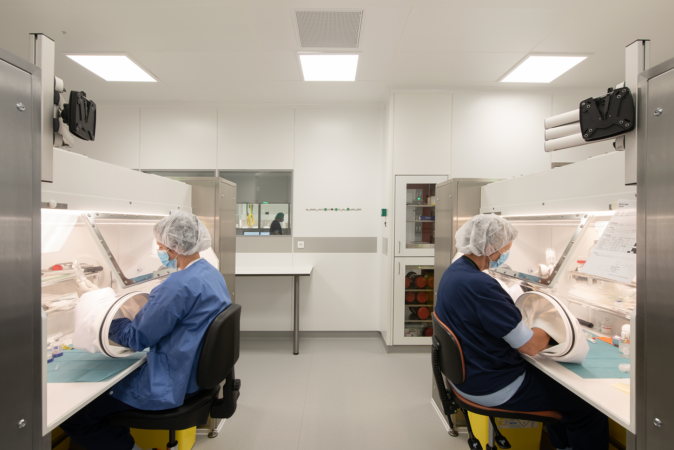
The operating theatre of the MontLégia Clinic groups together all the general surgery, outpatient care, interventional imaging, and the medico-technical area of the PMA.
It is located on level +1 where it is directly linked to the outpatient and intensive care hospitals. It is also vertically linked to the emergency department and medical imaging, which are located just below. It covers approximately 5.300 m² and is divided into two main areas, the conventional and day surgery area with 16 rooms, 12 of which have natural light, and the interventional imaging and endoscopy area with 8 rooms. The post-interventional surveillance room [SSPI] is located at the junction of these two areas and is compatible with different types of population (adults, children, isolation, etc.).
For logistics purposes, the concept of transport carts has been retained. The transit of clean and dirty carts takes place using two lifts located in the centre of the operating theatre.
All the staff rooms, namely the changing rooms, the rest area, and the meeting room, are located in the upper part of the block. In order to retain a human scale of working, the rooms have been grouped into small groups of 2 or 3 rooms, which are located around a storage area for transport carts, hand washing, and a waste room.
For paediatric surgery, an operating room is dedicated to this practice discipline, as well as an area with 4 stations in the post-interventional surveillance room [SSPI]. Parents have access to a changing room near the entrance to the operating theatre.
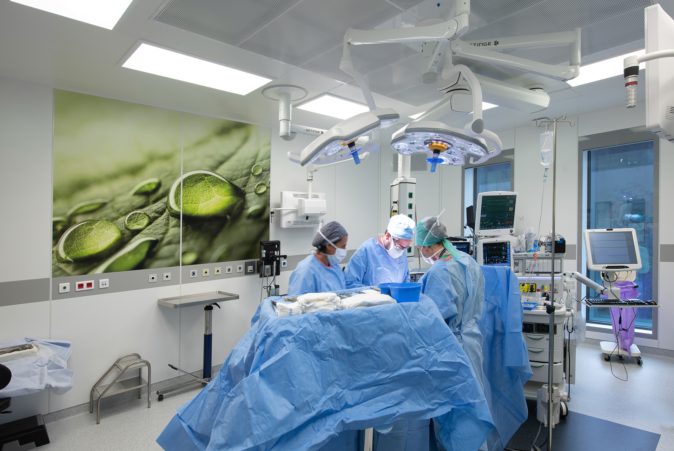
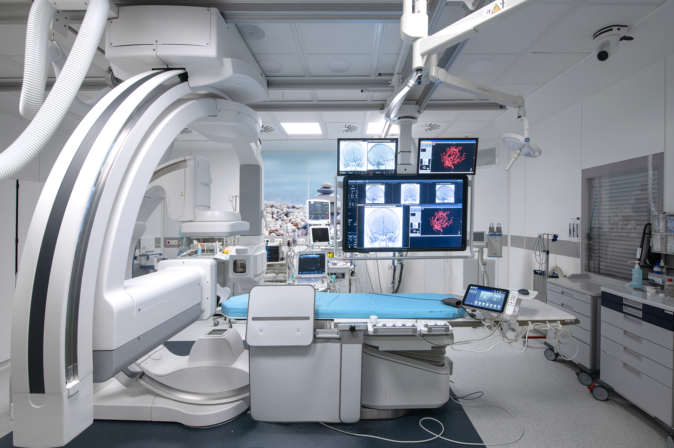
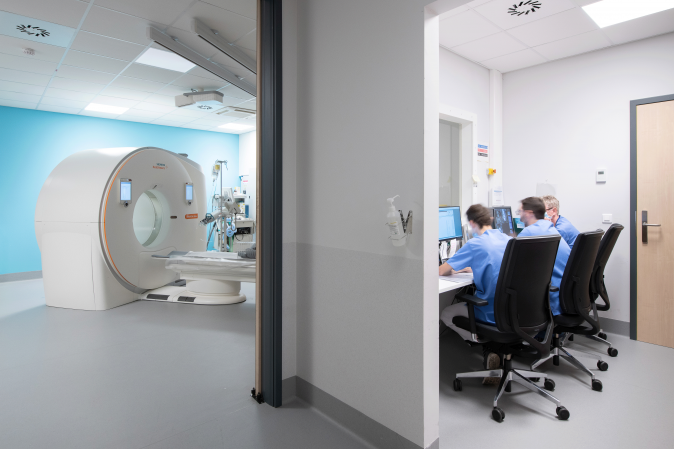
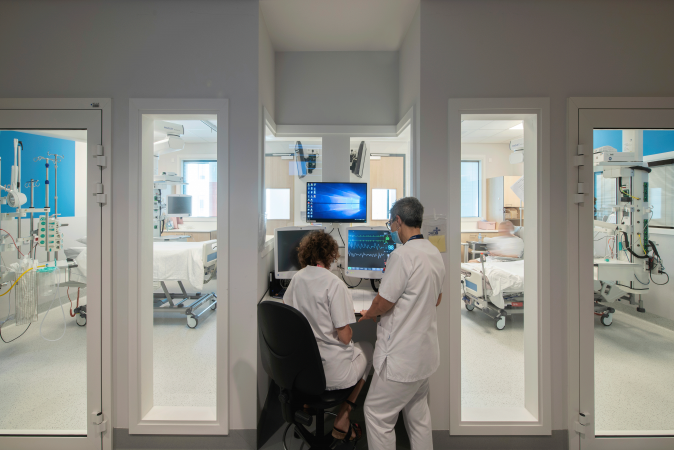
The construction of the building also takes into account environmental and energy saving requirements, including:
• optimal positioning of the buildings
• a high-performance envelope against heat loss and absorption, including the use of high-performance glass for the windows and protection against the direct impact of solar radiation
• the choice of high performance natural gas boilers
• the choice of high performance air handling units with heat recovery
• cogeneration.
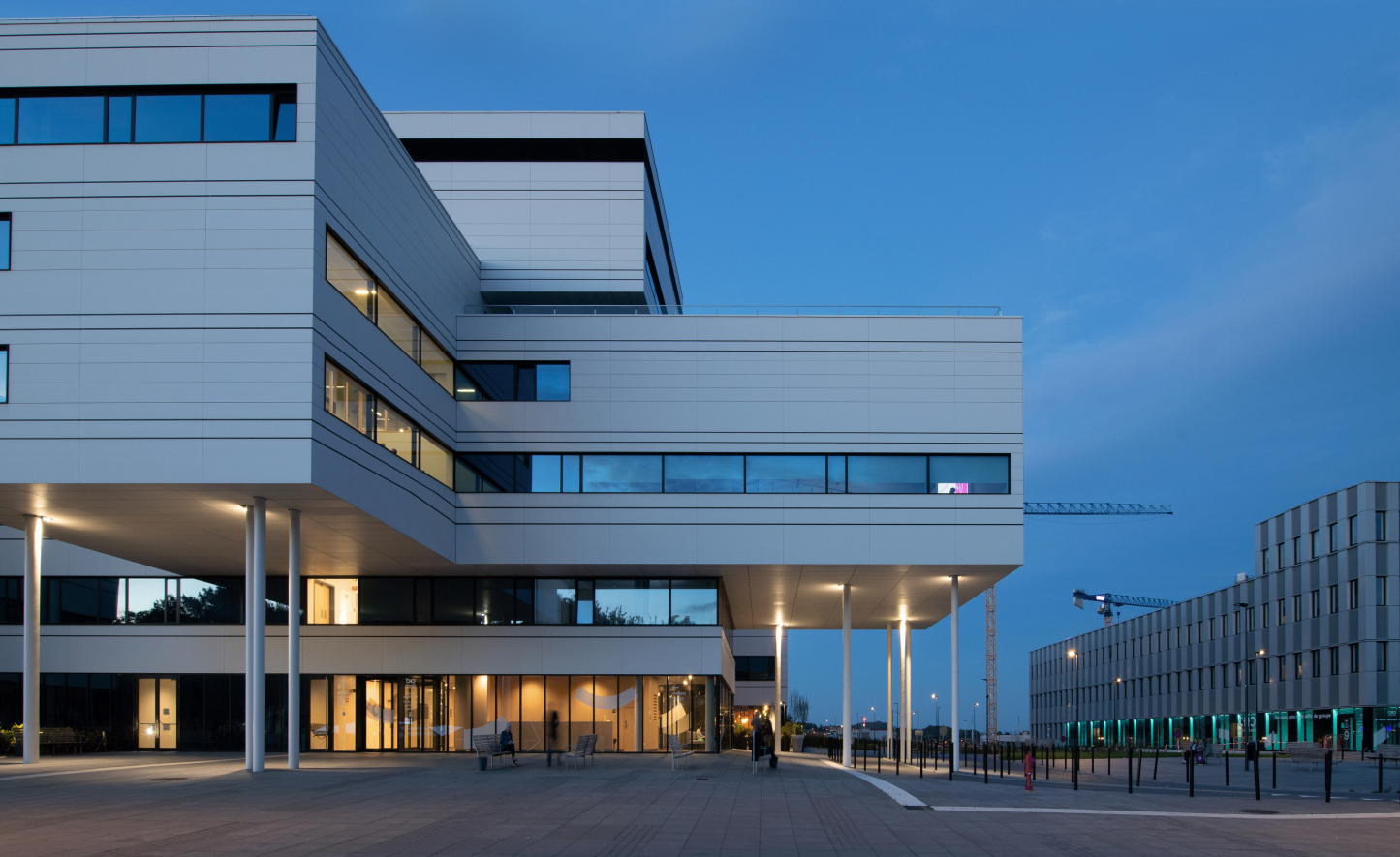
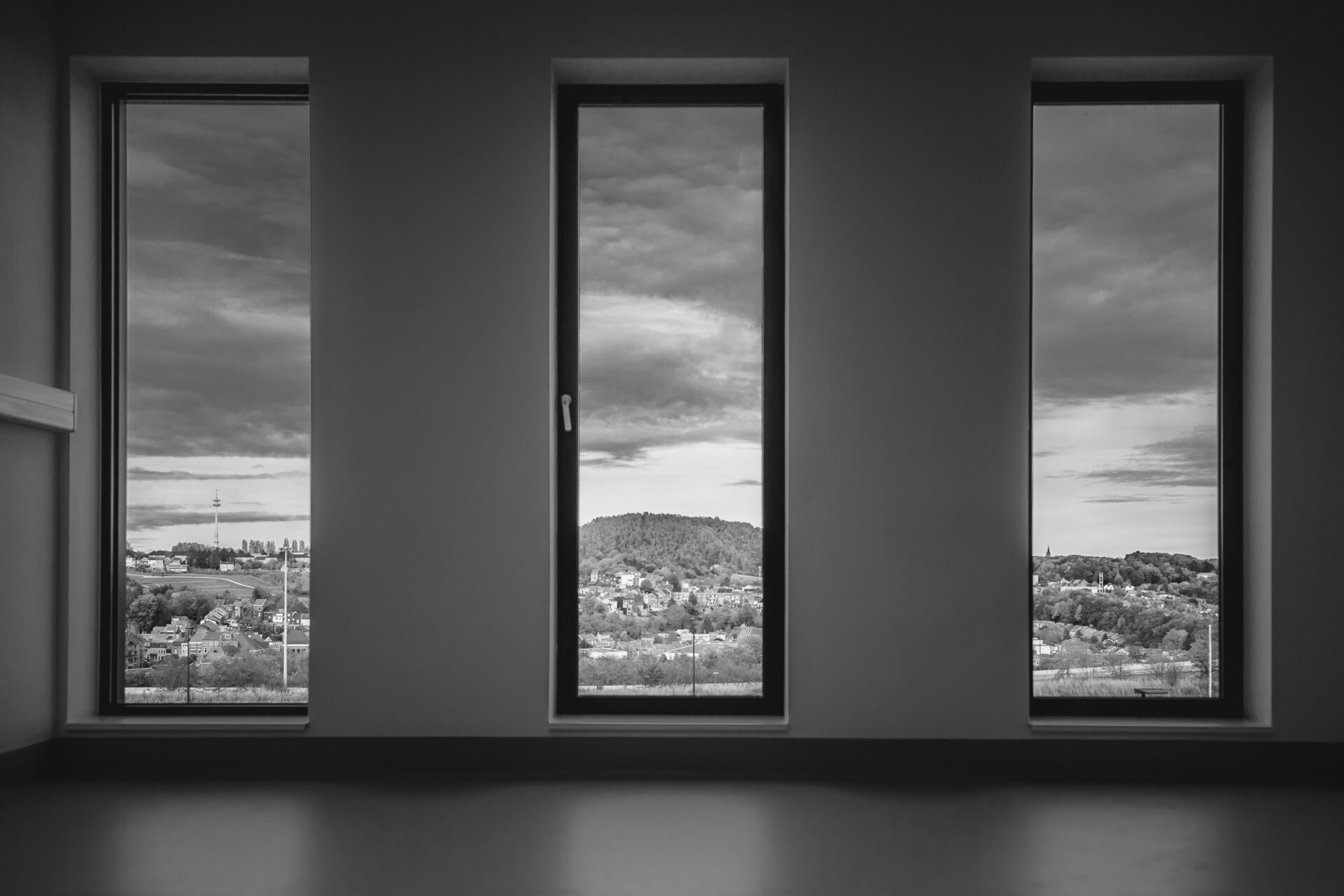
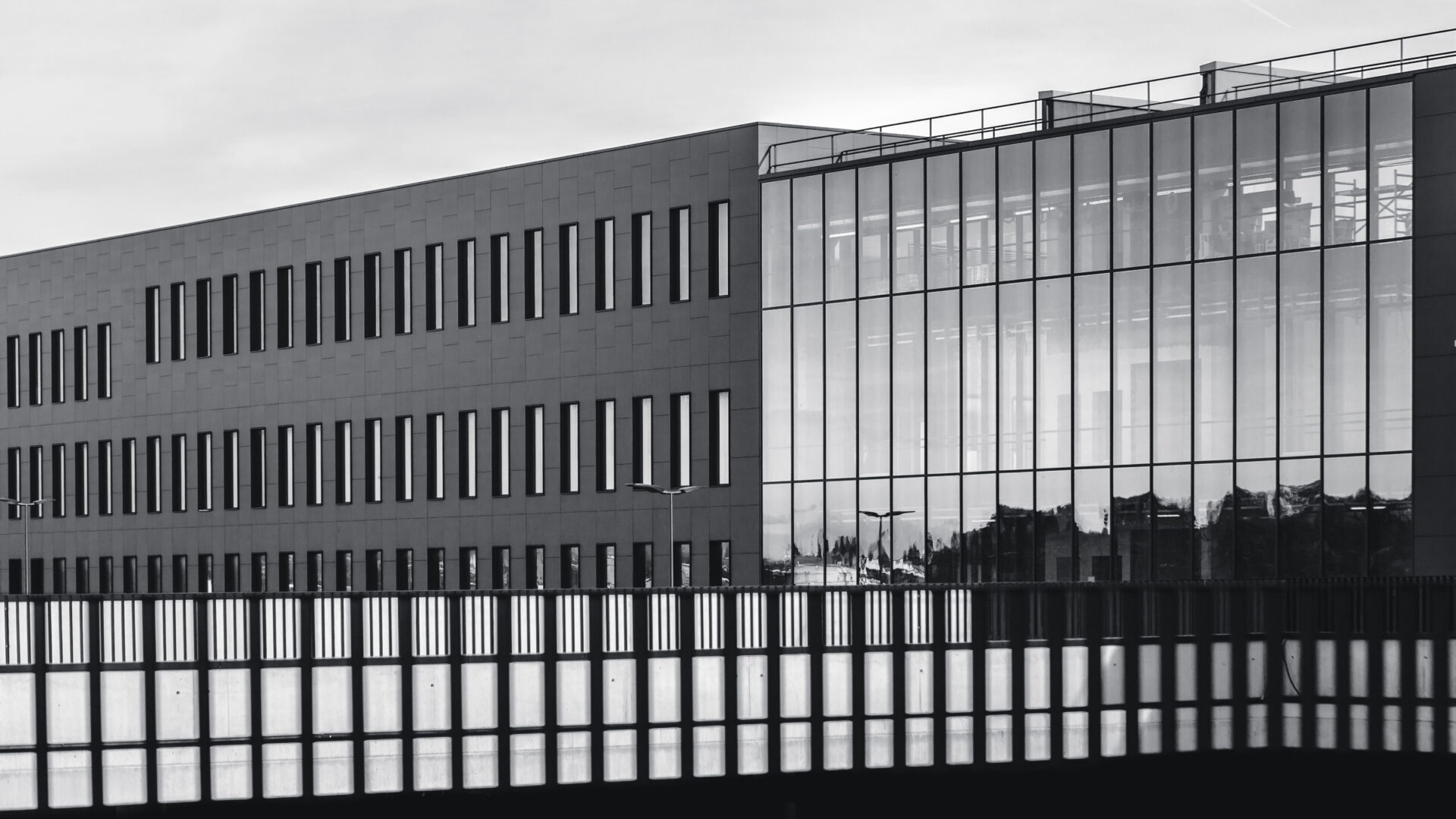
• coefficients: K<36
• medico-technical: PEB compliant
• MIPIM Award 2021 in the “Best Healthcare Development” category, Cannes
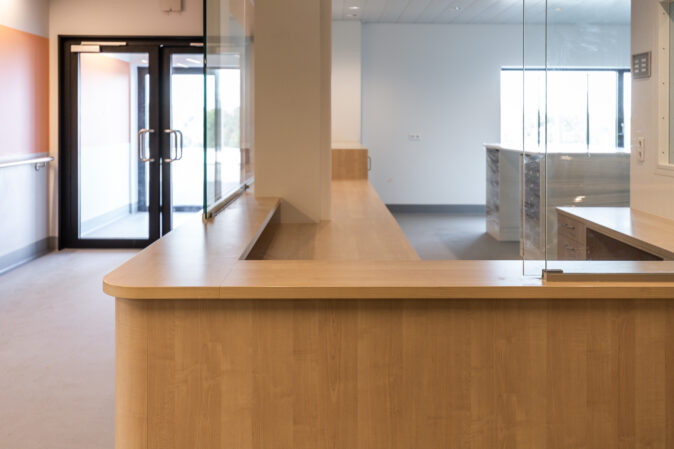
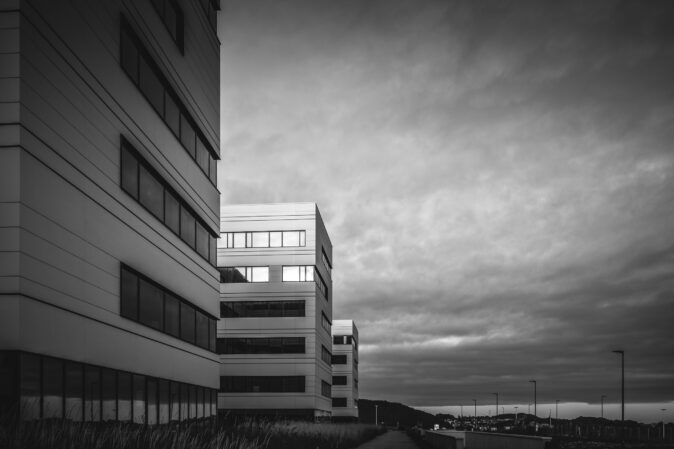
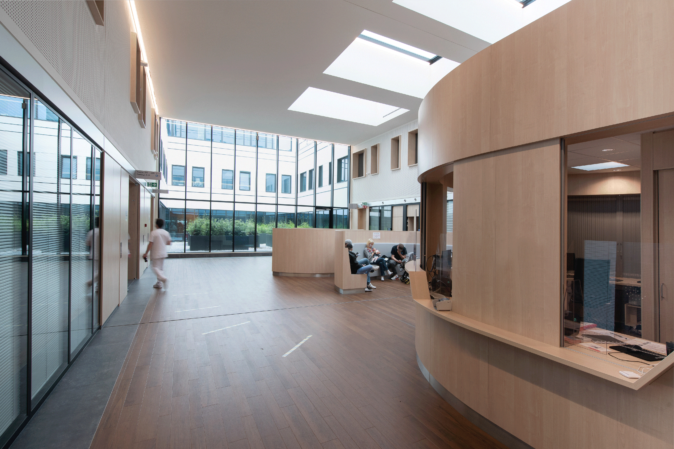
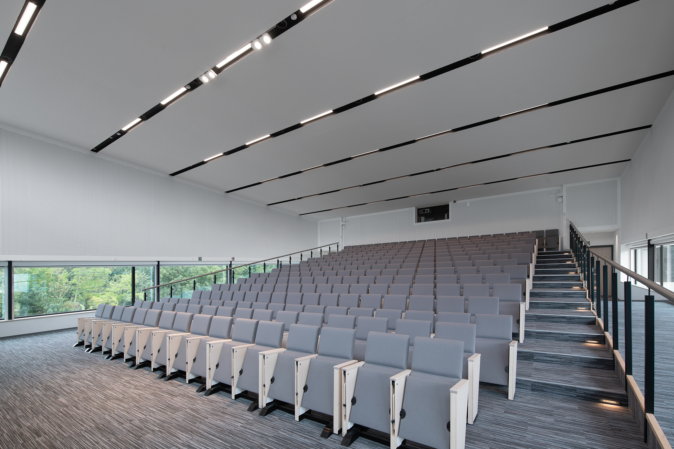
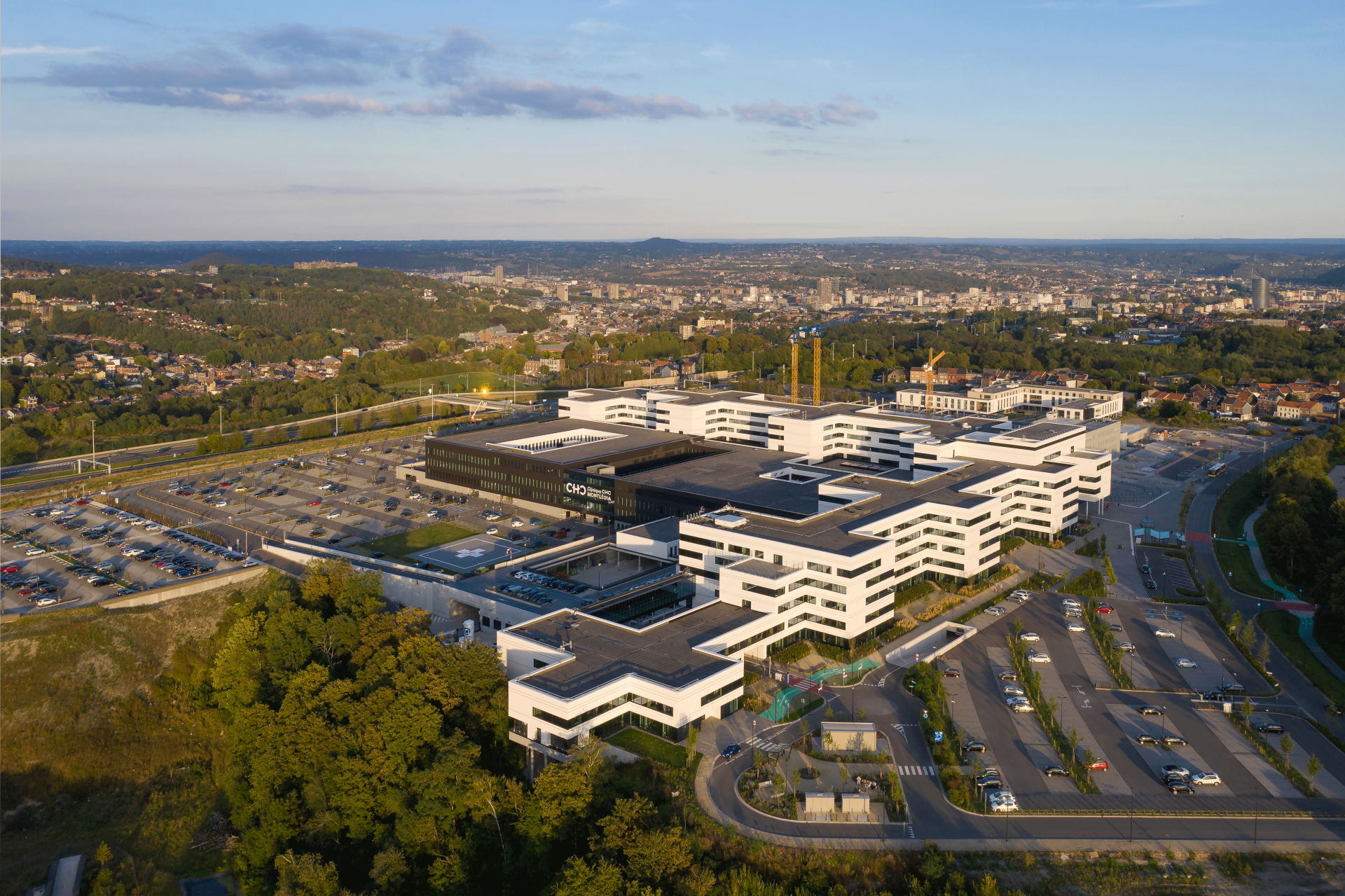
want to know more about assar or contribute to its continuous development